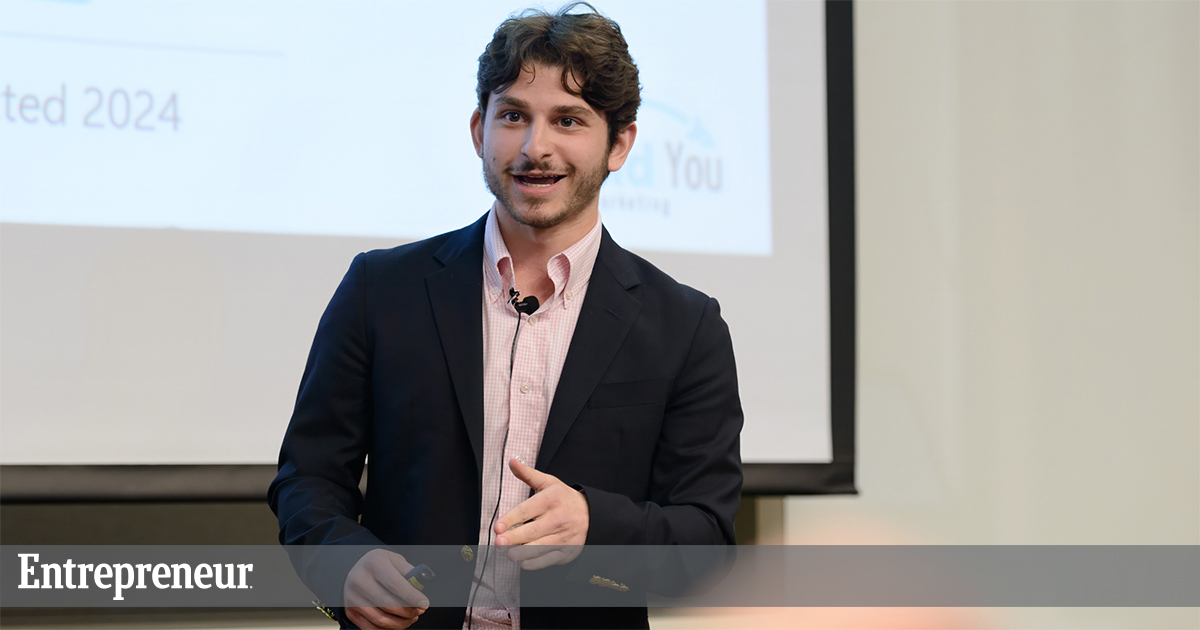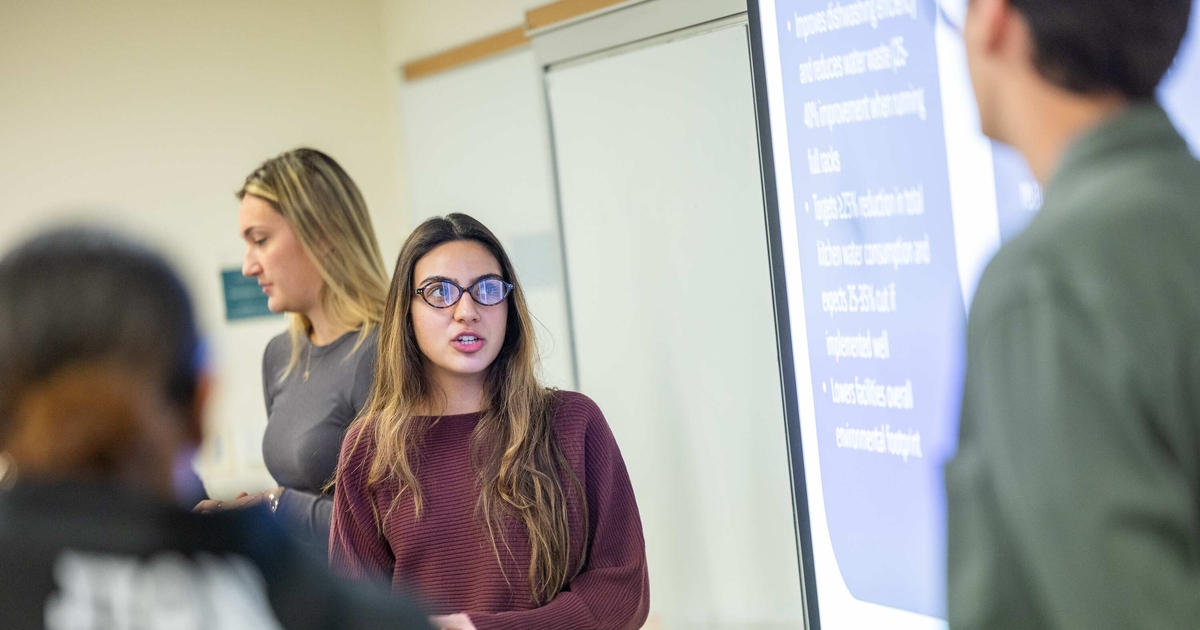Finding Loyal Customers for Long-Lasting Success Is Easier than You Think

How do you build a community of loyal customers? It’s a question that likely haunts entrepreneurs and marketing managers. Here’s the truth: It’s easier than you think.
I grew a sports trading card YouTube channel to over 11,500 subscribers right in my college dorm room. Each morning, I would go live on YouTube to over 3,000 card collectors as we waited for Target to release more sports trading cards on its site. We would chat, open packs of cards, play games and so much more as the clock struck 9 a.m. when new sports card boxes were released.
Editor’s note: This article first appeared in Entrepreneur magazine.
It was a communal experience. Card collectors would even donate to me for keeping everyone entertained. Sometimes, I could earn $100–$200 per livestream just from donations from my audience—simple tips.
That was when I first realized how powerful a community of loyal fans could be. If you can create a community of customers that are fans of your brand, your business can take off. The lessons and experience of that YouTube community led me to create my own venture, Build You Marketing, to help companies build and grow vibrant communities of loyal customers.
We have found great success with three different channels. Here is how you can use social media, email newsletters and press release campaigns to increase customer retention and loyalty and propel word-of-mouth marketing.
Social Media
Personal LinkedIn
Your personal LinkedIn page is one of the most powerful social media tools to grow your client base, especially if you are a B2B founder.
One of my favorite moments was when I was on a sales call with a new client to help them with content marketing and the founder mentioned she was impressed with my LinkedIn content and how it built her trust for us to run her company’s content strategy. Just the simple act of creating LinkedIn content on my own page built someone’s trust, so I didn’t have to do any selling.
Posting on your personal LinkedIn page has many benefits beyond selling, including:
- Builds trust with your network
- Bolsters your industry credibility
- Invitations to special events, dinners, communities, etc.
- Establishes and maintains relationships with your professional circle
- Increases brand awareness
Of course, it makes sense for me to post on LinkedIn because I specialize in content marketing, but every entrepreneur and founder can benefit and build their own communities.
Anastacia Yefimenko, a classmate and client of mine, is the founder of a line of sustainable home care products, Elcove, that supports hotels’ sustainability efforts. In the spring, she launched an Indiegogo crowdfunding campaign and was able to raise some of the funds directly from her LinkedIn network (including people she didn’t know) because they had followed her journey building the business and wanted to support her.
We posted stories of her early entrepreneurship career, milestones she has achieved such as press features or winning pitch competitions, and a few thought leadership posts about the problem she is solving that not only boosted her credibility but also helped to build relationships with people.
They bought her products simply because she consistently shared her story and inspired and motivated people who wanted to support her mission.
Facebook groups
On the flip side, if you’re a B2C brand, LinkedIn personal branding may not help you as much, but local Facebook Groups can bolster your revenue in minutes. A lot of towns have Facebook groups consisting of local residents to chat about town happenings, news and more. Existing online communities are great places to share your story.

One example is to create a post thanking the community for their support and help in the growth of your business, but do not advertise your services directly.
We work with a junk removal company in Virginia and we wrote about the official first anniversary of these two college founders starting their business. We shared the post in over 30 local Facebook groups from the founder’s personal Facebook page and drove thousands of reactions, comments and shares.
One of the posts, in a group of 1,124 members, received over 714 reactions alone. Most importantly, this turned directly into junk removal jobs for the boys. They fully booked themselves for three weeks out after these posts went up in local groups after struggling to book full days of business in a crowded market.
The best part is that there is no advertisement. We aren’t asking for people to hire them or refer them out to neighbors—we simply posted a thank you and people booked them because they wanted to. Posting compelling and helpful content about your company in Facebook groups works well, because you’re not advertising—or even asking people for referrals. You’re participating in the community (like with a simple thank you) and building a relationship.
Email newsletters
Business update newsletter
Newsletters can be a great way to keep your business network informed about what’s happening in your business and get people involved in the growth of your business.
You can share milestones and sneak peeks, ask for feedback/advice or just keep people posted that you’re updating your marketing strategy. This makes people who receive the newsletter feel as if they have a stake in your business, and it propels a lot of people to want to help you grow the business.
We have seen successful outcomes from newsletters with a variety of content, including:
- Warm introduction to a retailer for a B2C brand
- Investor meetings booked from potential investors for a local tech company
- Customer feedback provided on new packaging options
- Referrals from current clients
These newsletters can build transparency and personal connections to your company, and they often prove to be a powerful way to tap into the network effect.
Public Relations
Press release campaigns
What’s better than a media outlet writing about you and your company’s story? It instantly boosts your credibility, gets you in front of new potential customers, and helps with your website’s search engine optimization (SEO).
For example, we launched a press campaign for Maxie’s Delicatessen in Stoughton, Massachusetts (which has now closed since the owner wanted to retire), and it brought in thousands of new customers to the restaurant. Steve Robbins and Joyce Ann Silva ran Maxie’s Deli for over 30 years, keeping old Jewish traditions alive through their recipes. We shared this story with a few local reporters, and Maxie’s Deli soon was featured in The Boston Globe. This was followed by features in 20 other media outlets, including local and even national news sites.
As soon as these articles launched, business skyrocketed, bringing in thousands of customers and bolstering sales within days. Many first-time customers returned for a second, third and even fifth time to enjoy a Maxie’s meal.
A PR campaign can change the nature of your business, and you can start by simply emailing a local reporter who writes about similar businesses or industries to your own.
Creating a community of fans around your brand is vitally important to the longevity of your company. And, it doesn’t need to be complicated or difficult. Startups can realize a noticeable impact with simple marketing initiatives with social media, newsletters and media.
If you can create a group of loyal customers who are passionate about your brand and feel a connection to it, then you will always have people motivated to help you grow.
Jake Ross ’24, the CEO and founder of Build You Marketing and a graduate of Babson College, offers his insights on finding loyal customers. He is passionate about social media and its proven ability to positively impact sales and customer satisfaction, and his agency experience drives him to help businesses build their communities into raving fans.
Posted in Entrepreneurial Leadership, Insights





